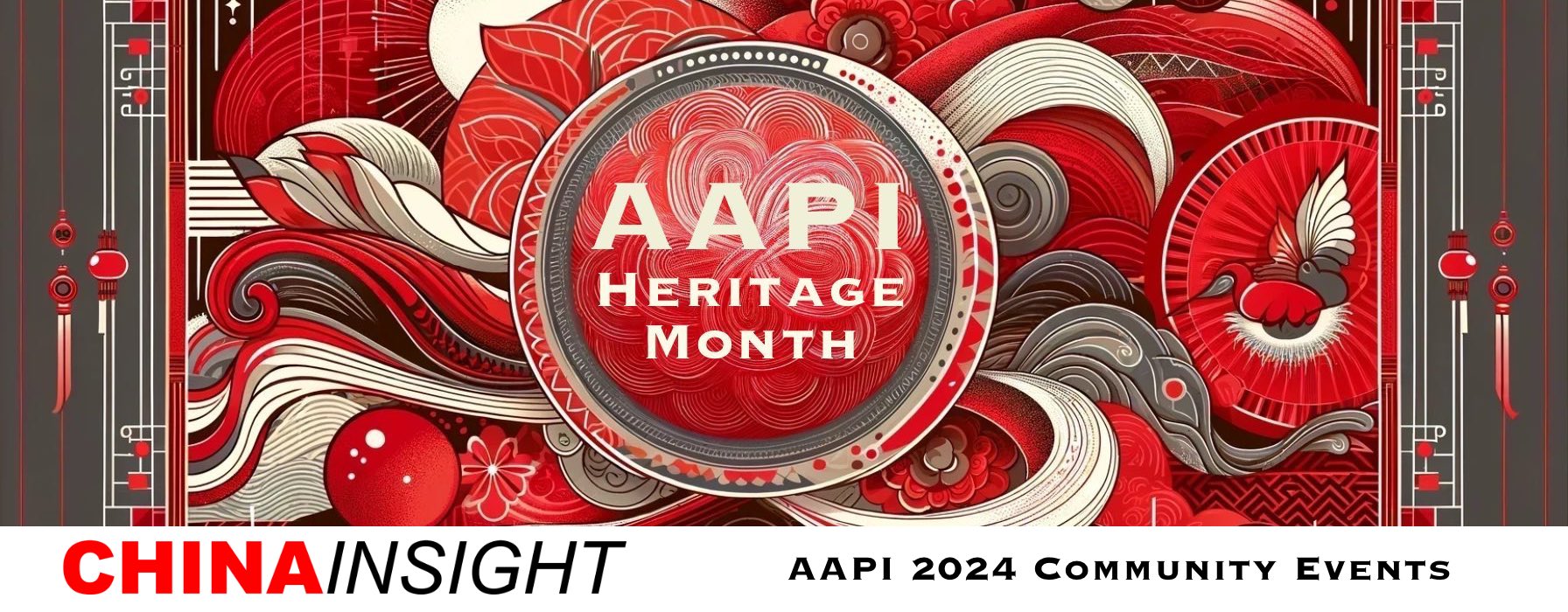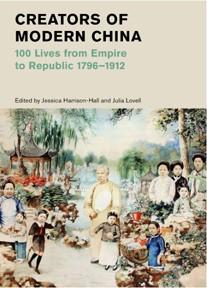Reviewed by John Butler | Asian Review of Books | May 12, 2023
 |
Editors: Jessica Harrison-Hall and Julia Lovell Publisher: Thames & Hudson Publication date: July 2020 Hardcover: 368 pagesJessica Harrison-Hall is Head of the China Section, Curator of the Sir Percival David Collections, and Chinese Decorative Arts at the British Museum. Julia Lovell is Professor of Chinese History and Literature at Birkbeck, University of London. |
When this book arrived, I scanned the contents and marked with a tick every individual whose name I recognized. The results were pretty dismal — about 19 out of 100! I was good on emperors and knew one or two literary figures, but of the other categories, namely religious figures, militarists, artists, observers, business people, statespeople, and makers (craftspeople, folklorists and scientists), I was abysmally ignorant.
Not any more, thanks to the editors and their assembled team of well-qualified contributors from 14 countries, who have produced this engagingly written and beautifully illustrated volume. Here we can read about people (not all of them Chinese) whose lives and work shaped modern China as the country moved from an autocratic imperial system towards a more “modern” republic after the Qing dynasty petered out in 1911.
19th-century China emerges from these pages as a dynamic and fluctuating society, one far removed from the stereotyped stagnant, backward culture many western accounts have perpetuated. This is a book that should be in the library of anyone interested in the development of modern China, and, as Emerson famously said, echoing Carlyle’s notion of “great men” shaping the world, “there is properly no history, only biography.” Fortunately, thanks to this book, we can also read about the great women of China, who range from empresses to pioneers of feminism and modern dance.
The purpose of the book is to show readers that the so-called “long nineteenth century” in China was a time when the country underwent significant and sometimes seismic change; as the editors put it in their Introduction, during this time
Government and governed engaged in new debates about the balance of power between monarch and bureaucracy — the fundamentals of constitutionalism. High politics, elite culture and everyday life opened to global influences and exchanges. Artistic and literary traditions were challenged, dismantled, added to, and remade…
The 19th century, then, saw China moving rapidly to take its place in the world, a nation no longer clinging to its old conception of itself that it was the center of the universe and that all other countries were inhabited by “barbarians” whose sole useful function was to pay tribute to the Chinese emperor. Of course, change did not happen overnight; there were always reactionary forces to be reckoned with—many of the men and women featured here faced formidable obstacles, and some, like the young feminist poet and revolutionary Qiu Jin, even died (she was beheaded) doing what they had dedicated themselves to achieving. This book is a tribute to their efforts and a real eye-opener to those whose knowledge of Chinese history is limited to the Opium Wars, the Boxer Uprising and repeat viewings of “The Last Emperor,” a film which, despite its various inaccuracies (Pu Yi was often horrible to his servants, for example), had a profound influence on how westerners interpreted the decline and fall of the Qing dynasty.
The editors divide the book into eight sections, and, as they point out, the order is not strictly chronological. Rather, people are sometimes categorized by their relationship to each other (the emperors, their eunuchs and empresses), the events in which they participated, or genre. There are good-quality illustrations, many in color, of both the subjects themselves and, in the case of artists, their works, all of which contribute to making this a very attractive volume. Each section is preceded by a short introduction providing information about the group of people represented and showing why they were important to the theme of the book.
Harrison-Hall and Lovell also provide a substantial list of further reading as well as notes on the contributors. Scanning the “further reading” indicated how slim the number of books by various authors is; there are, for example, articles about the Chinese-Mongolian poet Injannasi, but nothing seems to have been translated yet into English. The same goes for Qiu Jin, Huang Zunshiang or Jakdan, just to name three poets. That’s why this book is so vital to our understanding of Chinese culture, as it may be the only source in English where information on these unknown but important people can be found.
The choice of people in this encyclopaedic book is far-ranging, even eclectic; we have a female pirate chief, a “cross-cultural courtesan,” a “master of masquerading” and a man described as a “troubleshooter.” These are juxtaposed with statesmen, philologists, philosophers, travel-writers, soldiers, business people and even a “teenage avenger” whose existence is questionable, as well as the richest man in the world and the richest woman in China.
The woman who brought modern dance to China is there, as is an embroiderer and a hydrologist, not to mention China’s greatest folk-singer. All these may be found represented alongside more familiar figures: General Gordon is there, so are Sun Yat-sen, Yuan Shikai and the Dowager Empress Cixi.
Dipping into this book is like being invited to a huge party full of interesting (if sometimes unpleasant or even dangerous) people from all walks of life and getting to know them a little. Like most parties, there are a few familiar faces there, too! Indeed, this is a retrospective panorama of a fascinating period in Chinese history, packed with information and providing an entrance into a forgotten world. HiNo doubt some scholar will find that someone has been omitted, or shouldn’t be there at all, but a book of this kind must obviously depend upon the interests of its contributors and editors, and as such cannot be faulted for its subject-matter.
For this reviewer, who is still paging in unashamed awe through this book and having fun at the same time, Harrison-Hall and Lovell have shone a bright light on a neglected area of Chinese (and world) history, and for that the highest praise is due.
| About the reviewer
John Butler recently retired as Associate Professor of Humanities at the University College of the North in The Pas, Manitoba, Canada, and has taught at universities in Canada, Nigeria and Japan. He specializes in early modern travel-literature (especially Asian travel) and seventeenth-century intellectual history. His books include an edition of “Sir Thomas Herbert’s Travels in Africa, Persia and Asia the Great”(2012) and most recently an edition of Sir Paul Rycaut’s “Present State of the Ottoman Empire” (1667) and a book of essays, Off the Beaten Track: Essays on Unknown Travel Writers. |


